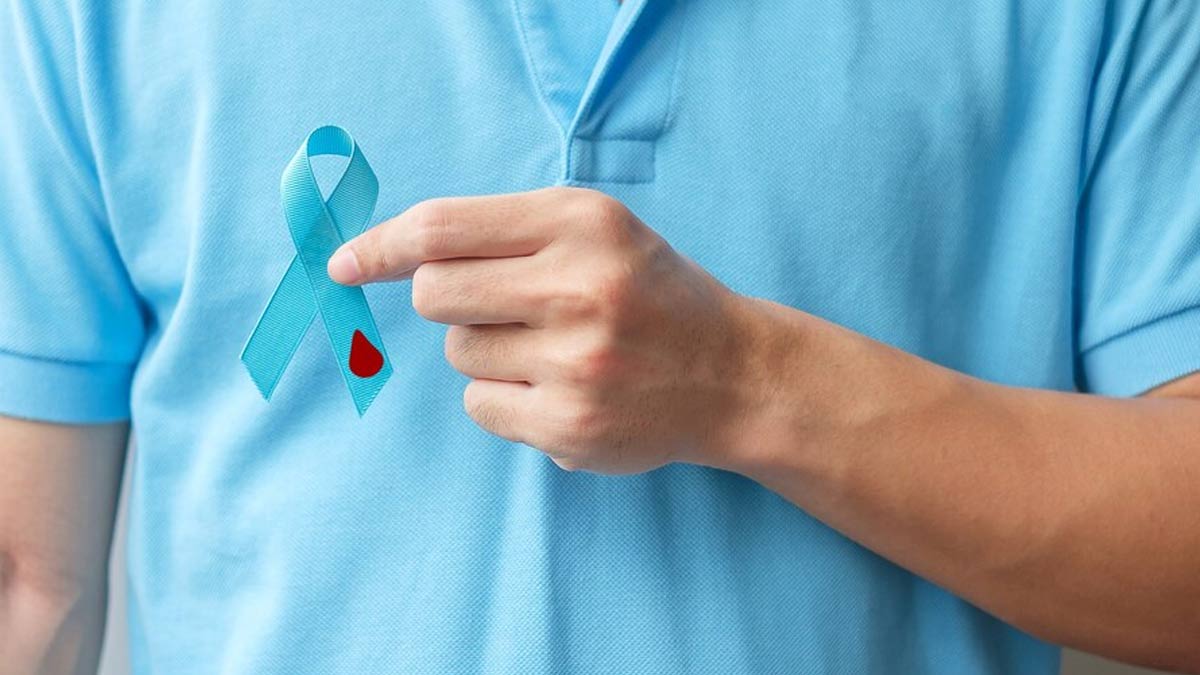
When it comes to various health conditions, particularly cancer, sex plays a significant role in influencing risk factors. In fact, certain cancers, such as breast, ovarian, and prostate cancers, are directly linked to sex-specific organs, but the impact goes beyond these. For instance, men are generally at higher risk for developing blood cancer like leukaemia.
Table of Content:-
According to Dr Amit Upadhyay, Senior Consultant - Oncology and Hemato-Oncology, PSRI Hospital, New Delhi, various studies have shown that males have approximately a 30-40% higher chance of developing leukaemia over their lifetime than females. He cites a large global study that indicated that the lifetime risk of developing leukaemia is around 18-19 per 100,000 men, compared to 11 to 12 per 100,000 women. This means that out of 100,000 women, 11–12 will develop leukaemia during their lifetime, while for men, the number is significantly higher. To understand why, we discuss the factors that contribute to such higher incidences of leukaemia in men.
Also Read: Living With Chronic Myeloid Leukaemia: Experts Advice On Management And Care
What Is Leukaemia?![]()
Leukaemia is the cancer of the blood characterised by an abnormal growth of White Blood Cells (WBCs) in the bone marrow. Leukaemia can either be acute or chronic. While chronic leukaemia advances slowly, acute leukaemia is rather aggressive and may require immediate treatment. There are four broad classifications of leukaemia:
- Acute lymphocytic leukaemia (ALL)
- Acute myelogenous leukaemia (AML)
- Chronic lymphocytic leukaemia (CLL)
- Chronic myelogenous leukaemia (CML)
It is important to note that leukaemia can occur in any person, regardless of age and sex. However, the risk can be higher in certain groups of people.
Why Men Are At A Higher Risk Of Leukaemia Than Women![]()
Dr Upadhyay says that the exact factors contributing to the higher risk of leukaemia in men are not yet clear. However, some studies suggest that oestrogen, the female hormone, may provide some protection, which could explain why women generally have a lower incidence of leukaemia, he explains.
In addition, lifestyle factors like smoking and other environmental influences, such as occupational exposure to carcinogens, may tend to make men more susceptible and lead to a higher incidence of certain types of leukaemia.
As per a study published in the Archives of Public Health, leukaemia is slightly more common in men than women. Researchers found that men had higher rates of both leukaemia cases and deaths compared to women, suggesting that factors like socioeconomic conditions and healthcare access play a significant role in leukaemia survival.
Also Read: Blood Cancer Awareness Month: Expert Explains Early Signs and Diagnosis
Recognising The Early Signs![]()
It is important to note that leukaemia can be asymptomatic, especially in the early stages. However, it is crucial to recognise the early signs to get timely diagnosis and treatment. These include:
- A persistent feeling of tiredness that doesn't improve with rest
- Easy bruising or bleeding
- More frequent and longer-lasting infections
- Fever
- Unexplained weight loss
- Swollen lymph nodes
- Shortness of breath
- Pale skin
- Tiny red spots on the skin that look like a rash
- Bone pain or tenderness
Measures Men Can Take To Reduce Risk
In general, there are no specific preventive measures to completely avoid leukaemia, says Dr Upadhyay.
However, regular screening may be beneficial for individuals with a family history of high-risk genetic mutations or for those who have undergone radiation or other myelosuppressive treatments, he advises.
Additionally, the doctor recommends maintaining a healthy lifestyle and minimising exposure to environmental pollutants and chemical allergens to help reduce the risk of leukaemia.
Also watch this video
Read Next
Prostate Cancer Awareness Month: Expert Explains When, Why, And How Often Should You Be Screened?
How we keep this article up to date:
We work with experts and keep a close eye on the latest in health and wellness. Whenever there is a new research or helpful information, we update our articles with accurate and useful advice.
Current Version



